When I accepted the park interpreter job at the Crater of Diamonds State Park, I had no idea what a wonderful, fascinating, amazing, and sometimes crazy place this park would turn out to be. So, I want to share with you some of the wonderful and crazy things that make this park so unique.

Visitors heading out from the Diamond Discovery Center to "the field."
Of course, the first thing that makes this park so unique is that our visitors are allowed to hunt for diamonds, and then are allowed to keep them. Yes, real, sometimes valuable, diamonds. But, the crazy part is that they not only get to keep any of the diamonds that they find, they also are allowed to take home any of the over 40 other rocks and minerals that are found here. In fact, each visitor is allowed to take home the equivalent of a 5-gallon bucket of those rocks and minerals.
The Crater is a small park, only a little over 800 acres, in a rural area of southwest Arkansas, 40 miles from the interstate and 60 miles from the nearest city. The crazy part is that last year over 119,000 people found their way to this park. Even more amazing is the distance that people will come to this visit this park. Last spring I gave a demonstration to three men—one from Washington State, one from Florida, and one from Texas. As I am chatting with visitors I often ask them if their stop at the Crater is part of a more extensive road trip. I find it astonishing the number of times they answer “Oh no, we intended to come here and this was the only destination on our trip.” So, this obscure little park is actually a destination, in the same way that Yellowstone and Grand Canyon National Parks are destinations. Every year we have visitors from almost every state in the Union, including Alaska and Hawaii. We even have a significant number of visitors from foreign countries. It is a wonderful place to work because our visitors are so diverse.
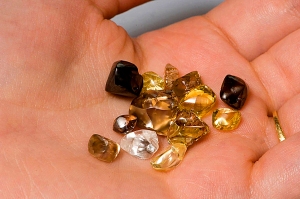
Just some of what can be found and kept at Crater of Diamonds State Park.
All of the dreams that people have when they come to this park is another wonderful thing. For many of our visitors their Crater visit is the fulfillment of a dream that sometimes has continued for as long as twenty years. The crazy part is that it is impossible to guess which person in the group was the one with the dream. Sometimes it is a young child, as young as 10 years old, who somehow learned about the Crater and has been badgering his or her parents to bring him here ever since. Sometimes it is an elderly person, like one visitor, who was in hospice and decided that one of the last things she wanted to do was to gather her family, come to the Crater, and watch them hunt for diamonds as she sat at the edge of the field in a wheelchair. Grandparents who visited the park as a child bring their grandchildren. Often the trip is a family outing, bringing everyone from the newborn to the great-grand parent, and all of the parents and cousins in between.
I enjoy eavesdropping on our visitors as they dream aloud to the other members of their party about what they would do if they found “The Big One.” Everyone, young or old, always has something that they would do or buy if they found that large diamond. But it is also crazy that coming to this small state park can be, and sometimes has been, a life-changing event for our visitors. Everyone celebrates when they find a diamond, whether it is the tiniest gem that is just industrial grade, or it is a large, flawless diamond, possibly worth tens of thousands of dollars. For those of us who work at the park and get to be part of these almost daily celebrations, each diamond registration is a fun experience.
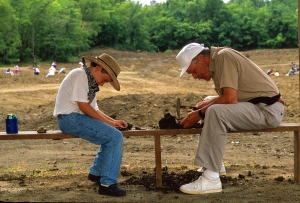
Everyone enjoys a day in the dirt!
Most people have a pretty good idea about what they are going to do when they plan their visit to a state park. They already know how to fish or play golf, and have been hiking and camping for many years. At the Crater it is a rare individual who arrives already knowing how to hunt for diamonds. Many expect it to be a mine and they will have to go underground. Most have never seen a rough diamond, and so have no idea what they are looking for. As a staff member it is a constant challenge to help our visitors figure out the information they need to find a diamond. We provide videos, demonstrations, and exhibits on finding diamonds, so that our visitors will have the best possible chance. However, I find it fascinating to see the inventive things that people bring to the Crater as potential diamond finding equipment. The range is very broad, from a dryer lint screen to elaborate homemade and hand-powered shakers and sifters.
But, the most crazy and wonderful part of the Crater experience is what a good time people have when they visit. It can be 20 degrees in January with a quarter of an inch of ice on the wash troughs, or it can be 100 degrees in the shade in July. It can be a sea of mud from one end of the field to the other. If you ask a visitor if they had a good time, when they bring up their precious rocks that they have carefully chosen, hoping that one is a diamond, they almost all will report that they had fun. Many of them are already planning what they will do when they come back the next time. With that kind of response, it is a privilege to work at this small unique park with its large visitor experience.
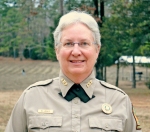
Margi Jenks, Park Interpreter
Margi Jenks is a recent convert to working as a park interpreter. For twenty years she worked as a geologist, making new geologic maps of parts of Oregon, Idaho, and Washington State. Her research interests were volcanoes and their interactions with ancient large lakes. So, working at the Crater of Diamonds State Park is a natural fit, with its 106 million-year-old volcanic crater containing those beautiful and fascinating diamonds.
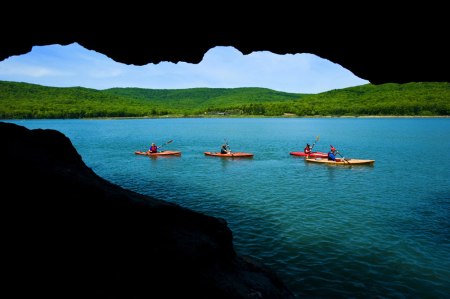

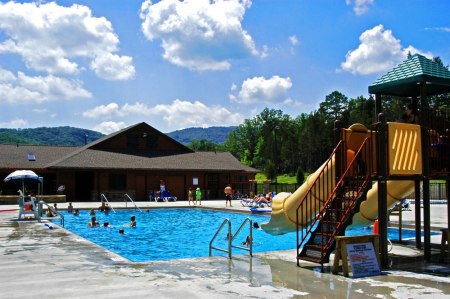
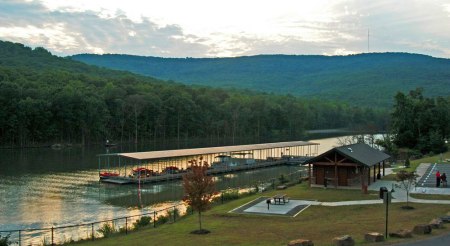





 Posted by Arkansas State Parks
Posted by Arkansas State Parks 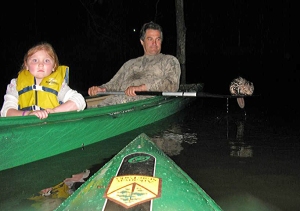




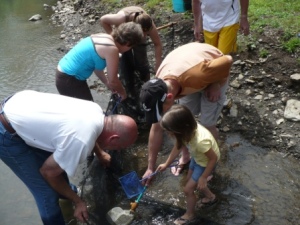




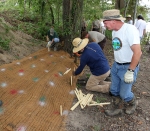



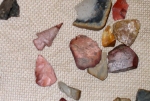


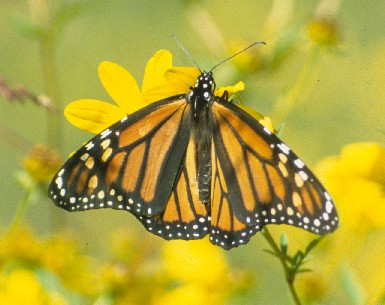

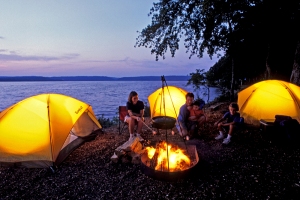

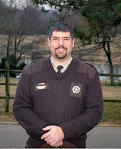


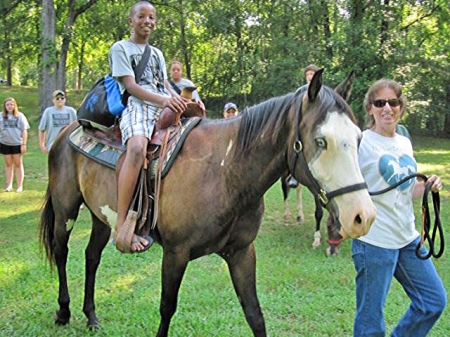
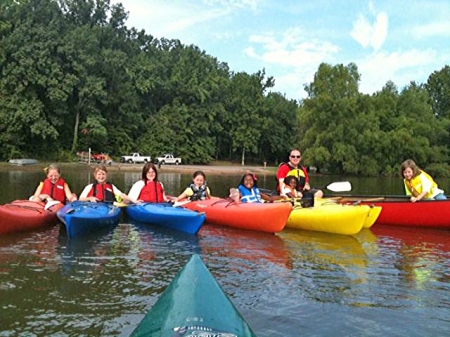

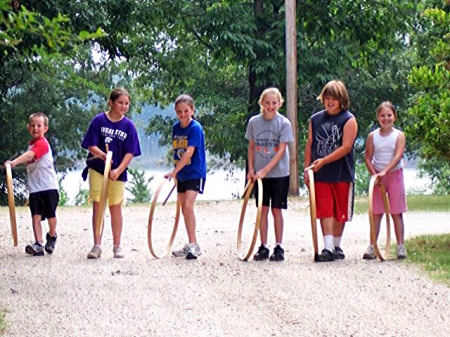
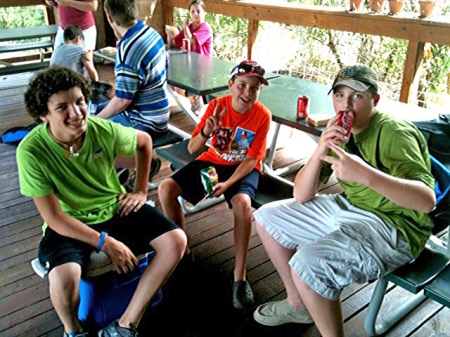








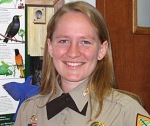
 Facebook
Facebook Twitter
Twitter YouTube
YouTube
